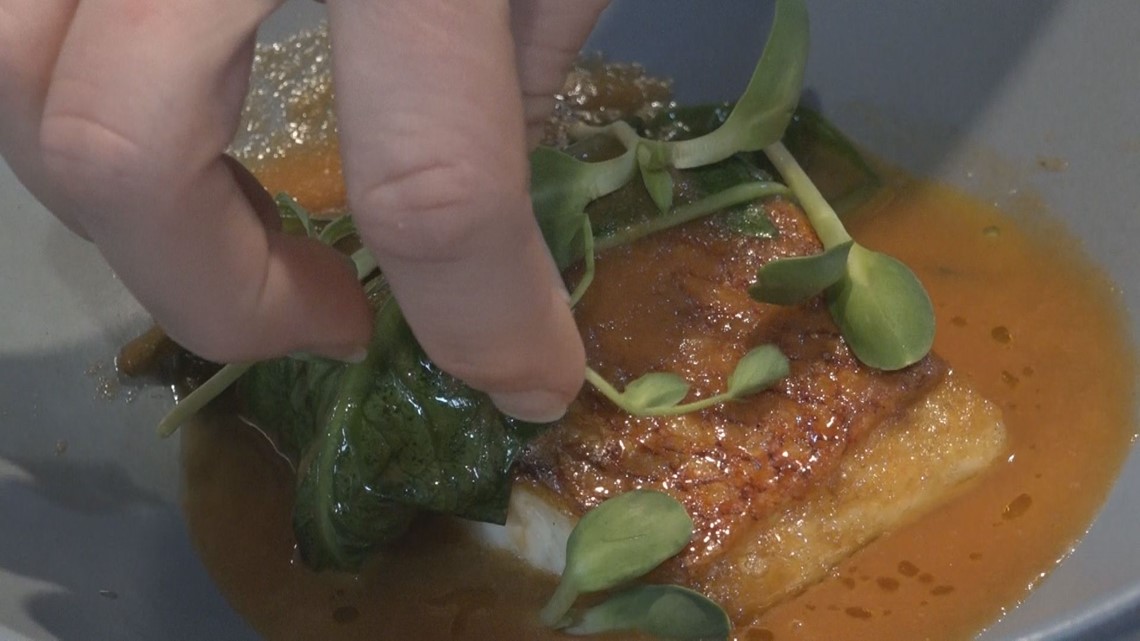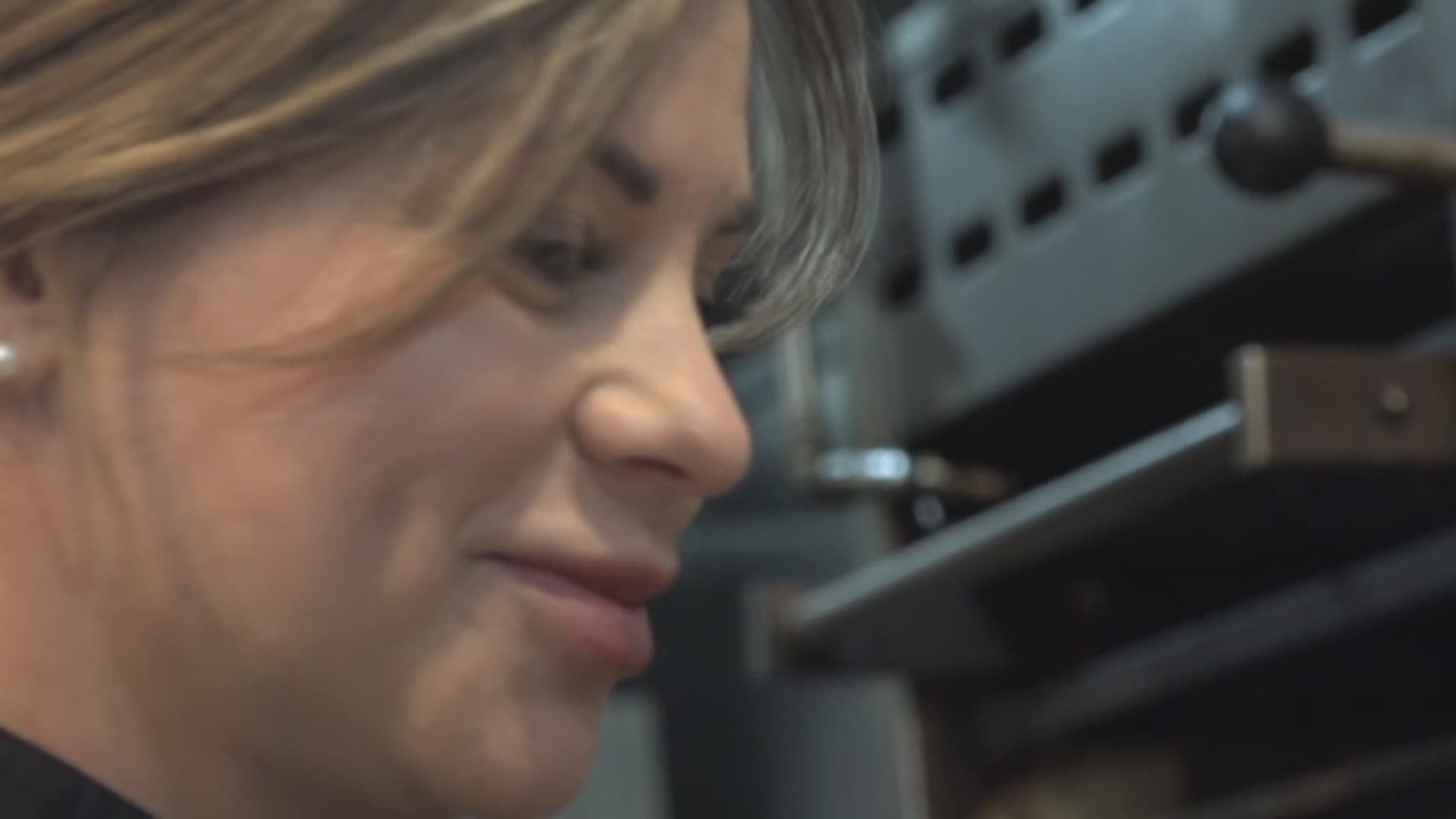SCOTTSDALE, Ariz. — It's business as usual at the Fat Ox in Scottsdale.
Step in before noon, and the restaurant isn't open yet, but the kitchen is already bustling as the staff gets everything ready.
Executive Chef Rochelle Daniel is in her element. She's gathering the ingredients for a special dish.
What she's preparing today isn't on the menu at the Fat Ox, but it helped shape her into the chef she is today.
Putting on the chef’s coat
The journey here started when she was 15.
Daniel said she has her mother to thank for her career, though not in the way you’d expect.
“So, I grew up with a mom that was very, very healthy. She was a health nut, and it was working out, it was, before school, let’s go climb the mountain – I hated it. I really, really hated it,” she said.
As you’d expect of someone in her rebellious teen years, Daniel decided one day she was going to make some unhealthy food. So, she walked into the kitchen at her country club.
“I noticed the comradery and how they just were all in sync, and it looked like fun to me,” Daniel said. “I went up to the chef and I said, ‘Hey, do you think I could work here?’”
And that’s it. She got a coat and got to work.
That’s a common theme when Daniel talks about her career. Not only does she not shy away from a challenge, she’s constantly looking for the next one.
“I felt like I grew up in a man’s world in this industry, and I was always fighting to be faster, work harder and move up past the men,” she said. “And I loved that. That’s why I chose this industry.”
Daniel said she read in a magazine one day that Zinc Bistro was the hardest kitchen to work in. So, of course, she wanted to work there.
It was in that kitchen where her whole perspective on cooking changed.
From the ocean to the desert
Back to the present, under the bright yellow lights of the Fat Ox kitchen, Daniel lays out a big red fish on the cutting board, an Onaga.
It doesn't smell fishy; a fresh fish shouldn't, she tells me. And this guy was pulled out of the ocean just a couple days ago.
With a butcher knife, she slices down the spine and pries the fish open. Then she uses clippers to snip away at the bones inside.
It's funny how a practiced hand can make something like this beautiful. It's like watching a master sculptor chip away at stone, except I'm looking forward to eating the results.

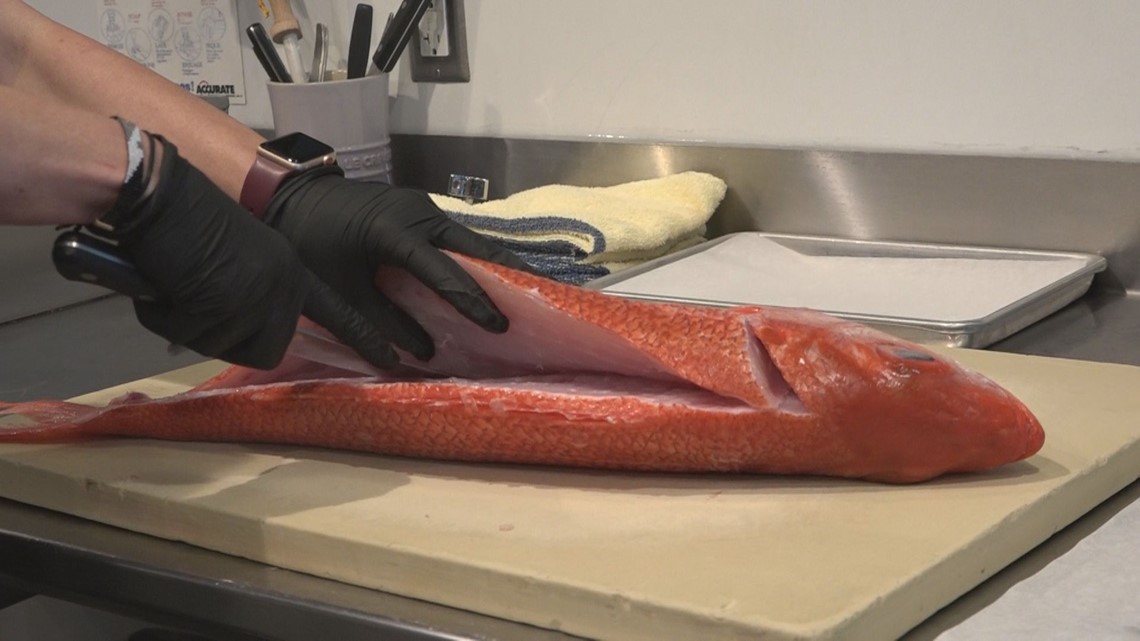
The precise movements of Daniel’s knife and clippers are the result of her time at the fish station – her favorite place in the kitchen. She describes it as being both intimidating and fun.
“With fish, it’s like, you have to have a certain temperature, you have to have the right oil, you have to really pay attention to cooking it,” she said. “And every fish is cooked differently.”
Lose your focus, and you can easily destroy the fish.
But for Daniel, it was just another one of those challenges she enjoys and a way to develop her skills as a chef.
“You just figure out how to work, clean and organize, and you start to use all your other senses, like listening to the fish and knowing when it’s cooked,” she said.
Daniel uses as many of the parts as she can.
The skin stays on the lovely fillets. She says it'll be nice and crispy when she fries them up. The bones are saved for the nage, which is the sauce for the fish.

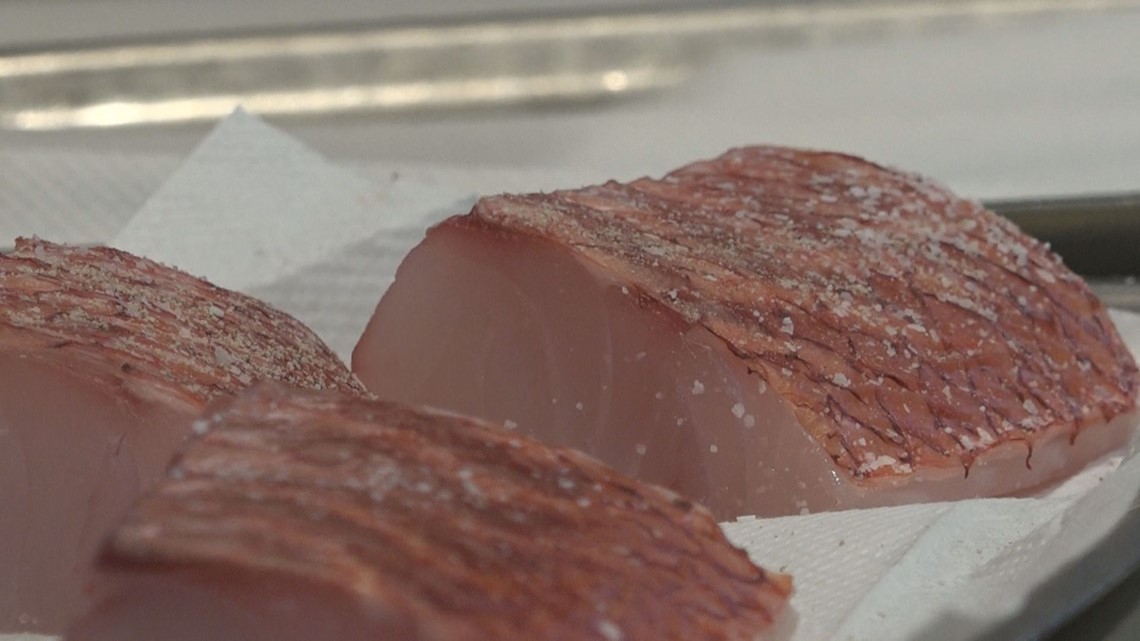
What’s in a nage?
Daniel starts with the stock. She heats up some oil in a pot and adds onions, leek, celery and smashed garlic. Then come some of the Onaga bones and some white wine.
Once this is cooked, she’ll add lemon and parsley and let it sit for 10 minutes before passing it through a strainer to get the fish stock.

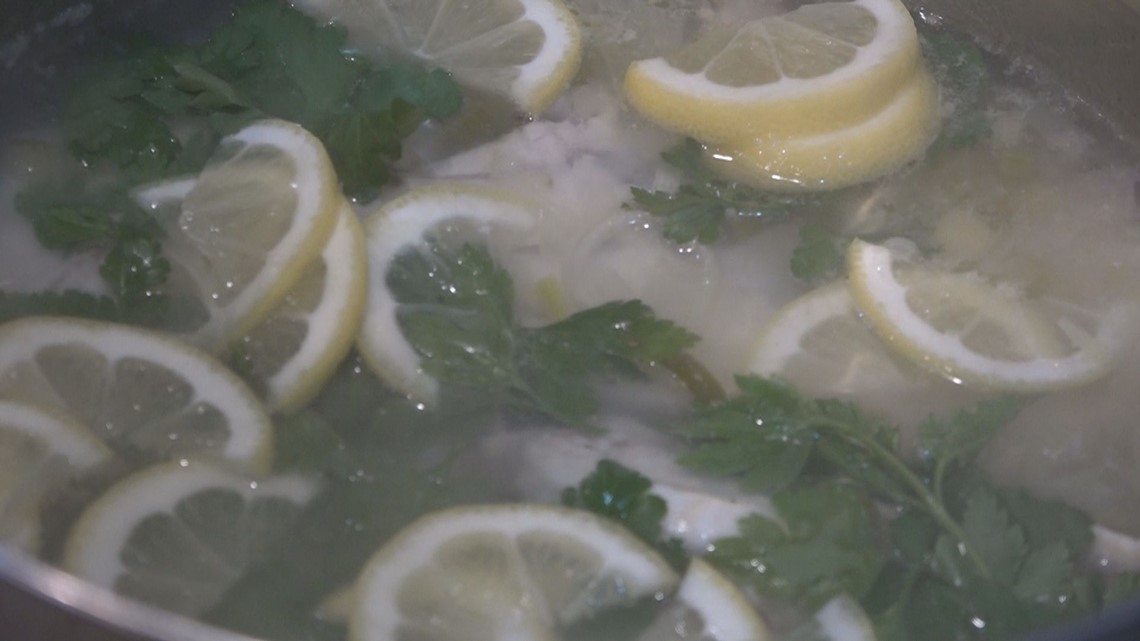
More fish bones are roasting in the oven. She’ll cook these for a bit with shallots and thyme in the fish stock before pureeing them and passing them through a fine-mesh strainer.
All the while, there’s another pot on the stove she tells me will need to stay there for a few hours.
It's this pot that contains a sort of 'secret ingredient' – at least, it was a bit of a mystery to Daniel when she first made this several years ago.
What the hecktin?
Back in 2008, Matt Carter, the chef at Zinc Bistro, suggested she make a tomato nage.
No problem. Daniel starts cooking the tomatoes.
Then, he tells her she’ll need something called pectin.
“And I looked at my friend, who’s my partner in crime – we work everywhere together – and she’s like ‘I don’t know.’ And I’m like, ‘Do we carry pectin?’”
It turns out, the answer is yes. It’s a naturally occurring substance in tomatoes. When cooked, the pectin serves as a thickening agent.
Once the blended tomatoes are reduced down to a paste, it'll be added to the stock to thicken the sauce.
“That just kind of blew my mind,” she said with a laugh.

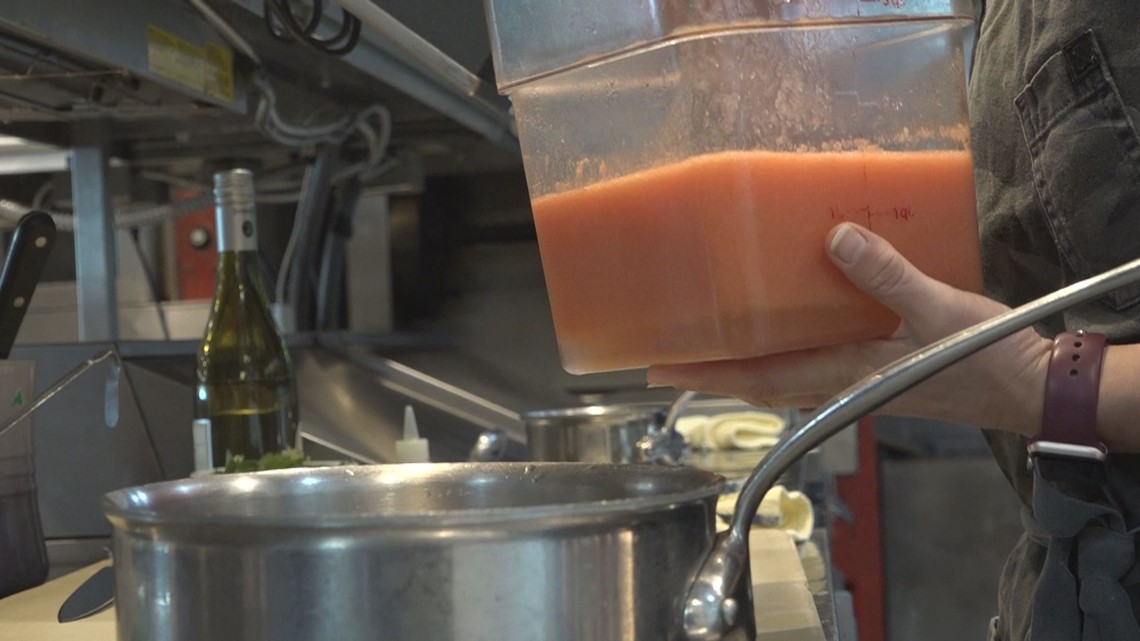
The dish was a lesson on how simple ingredients can do complex things.
The result is light but chock-full of flavor: crispy, buttery, fishy, tomatoey goodness.
“By using a few ingredients but having different techniques and having all these layers of flavor, it doesn’t look like that on the dish, but when you start eating it – it seems simplistic, but it’s technical. And that right there, if you can do that as a chef, I feel like you’re a great chef,” she said.

